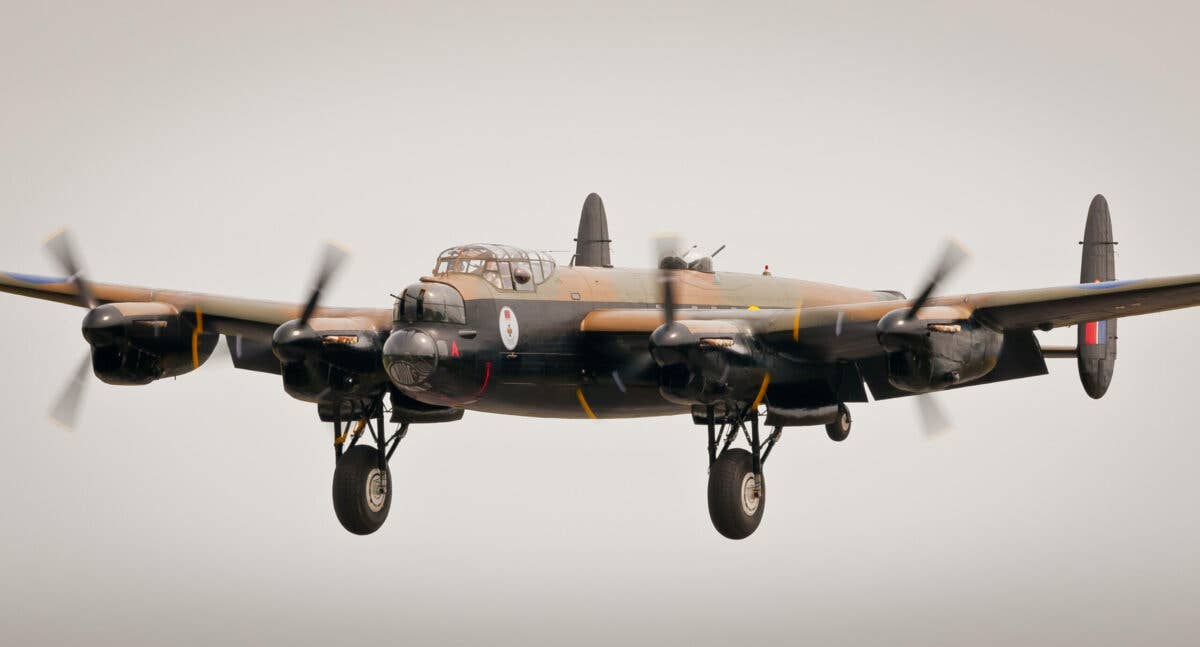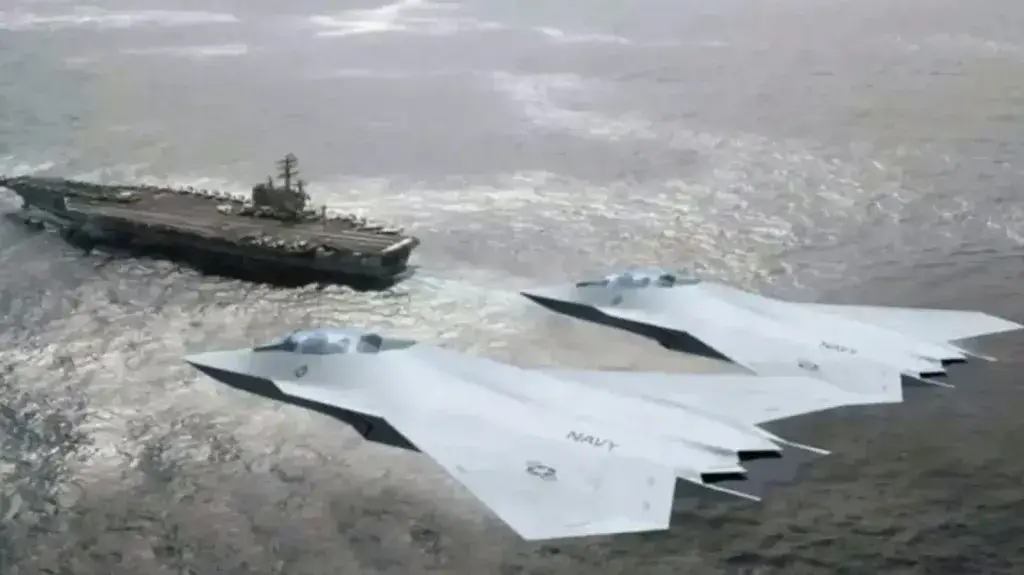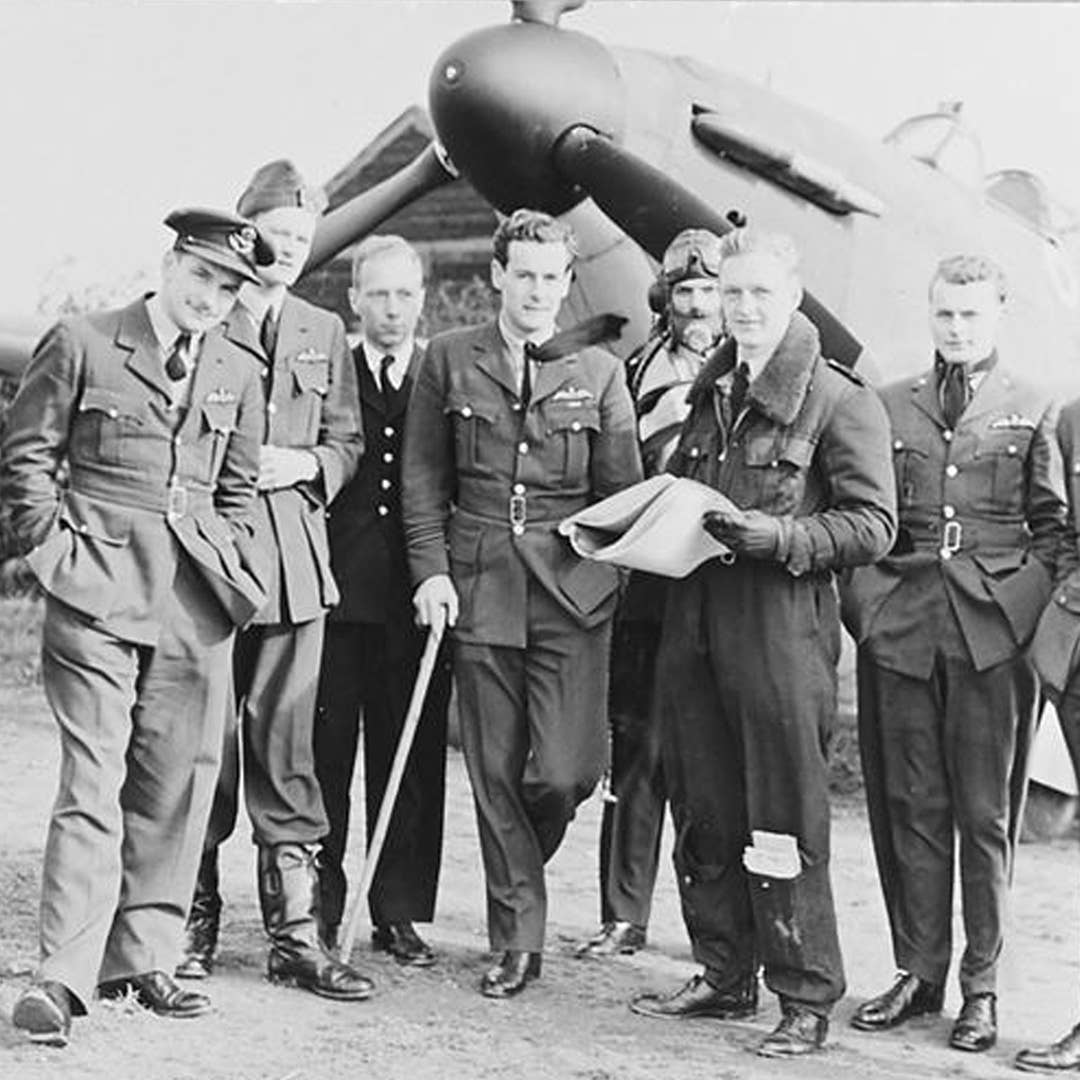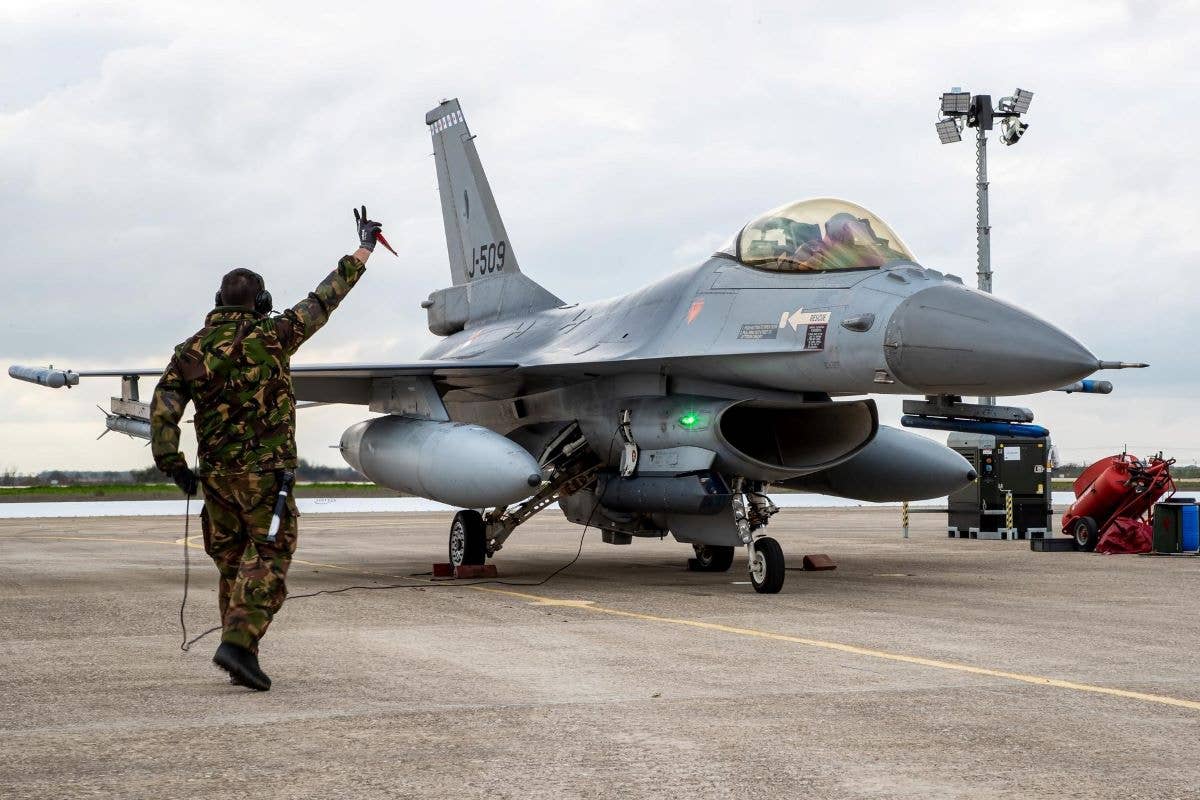Single-Pilot Ops Originated in Europe
The two-pilot crew began as an American initiative during World War II.

CWH Lancaster Bomber on final approach. [Courtesy: Adobe Stock]
Two-pilot operations in American multiengine aircraft date back to World War II. America's bombers—the B-17, B-24, and B-25—all relied on having two pilots in the cockpit.
In Europe, however, it was a different story. In Germany and England, for example, there was a shortage of pilots because of a decline in the birth rate after World War I—so much so that some heavy military aircraft were designed around single-pilot operations. The British Avro Lancaster B. Mk I, a four-engine heavy bomber, is one of those.
The Lancaster, designed in 1942, carried a seven-member crew—but only one pilot. The cockpit is significantly smaller than that of the B-17, and intentionally so, allowing the pilot to be able to reach everything. There is only one fixed seat in the cockpit—a second seat, in a fold-down, jumpseat style, could be occupied by the flight engineer.

Sign-up for newsletters & special offers!
Get the latest FLYING stories & special offers delivered directly to your inbox






